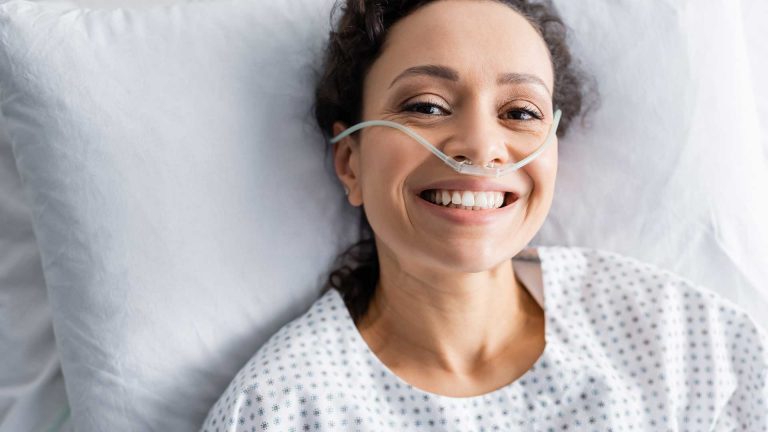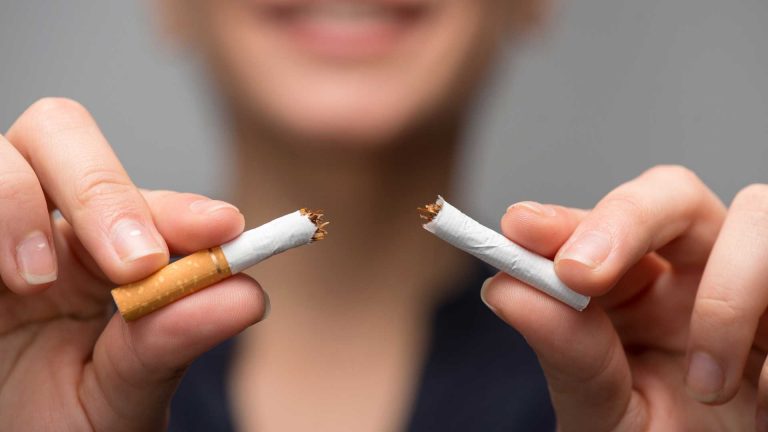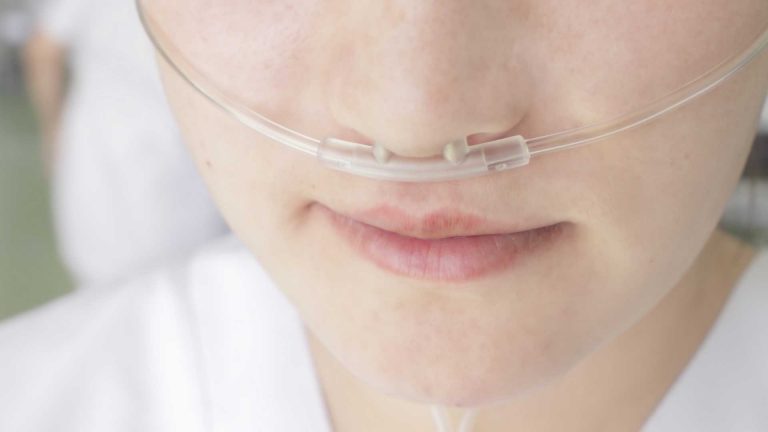The Difference Between a Portable Oxygen Concentrator and a Nebulizer
People with COPD and other respiratory illnesses use oxygen concentrators and nebulizers to help maintain their oxygen levels. If you were recently prescribed these you may be wondering what the difference between the two machines are and how they can each help you out. Let’s break that down.
Portable Oxygen Concentrator
A portable oxygen concentrator is a medical device that helps deliver oxygen therapy to patients by purifying and concentrating the oxygen in the air. By doing so the machine delivers concentrated, oxygen-rich air to the person in need. For example, Precision Medical’s POCs (portable oxygen concentrators) deliver 95.5% pure oxygen, which is the purest it can be! We made this video to show how a potable oxygen concentrator works. POCs are powered by a chargeable battery. The machine itself can provide endless supply of oxygen as long as it has a working, charged battery. There is nothing that needs to be refilled in the concentrator. Of course, proper maintenance helps the unit work better. There are many options when it comes to portable oxygen concentrators. They differ in size, weight, look, battery time, and liter flow. It can be overwhelming at first to choose the right POC for you, here are some tips to help you make a decision.
Nebulizer
A nebulizer is a smaller portable device that is used to administer medication directly and quickly to the lungs. Nebulizers are similar to inhalers because they both deliver medicine directly into the lungs that can help you breathe easier. Unlike a portable oxygen concentrator, a nebulizer’s medicine chamber will need to be refilled as well as replace some component pieces in the device about 3 to 4 times a year. A nebulizer can easily become contaminated if it is not properly handled and maintained. Learn more about caring for a nebulizer at Medline Plus.
Both a portable oxygen concentrator and a nebulizer can benefit your respiratory health. As you now know, they each have separate functions and sometimes you may be prescribed both in your oxygen therapy. Ask your medical provider if you have any questions about the proper use of either of these devices.







